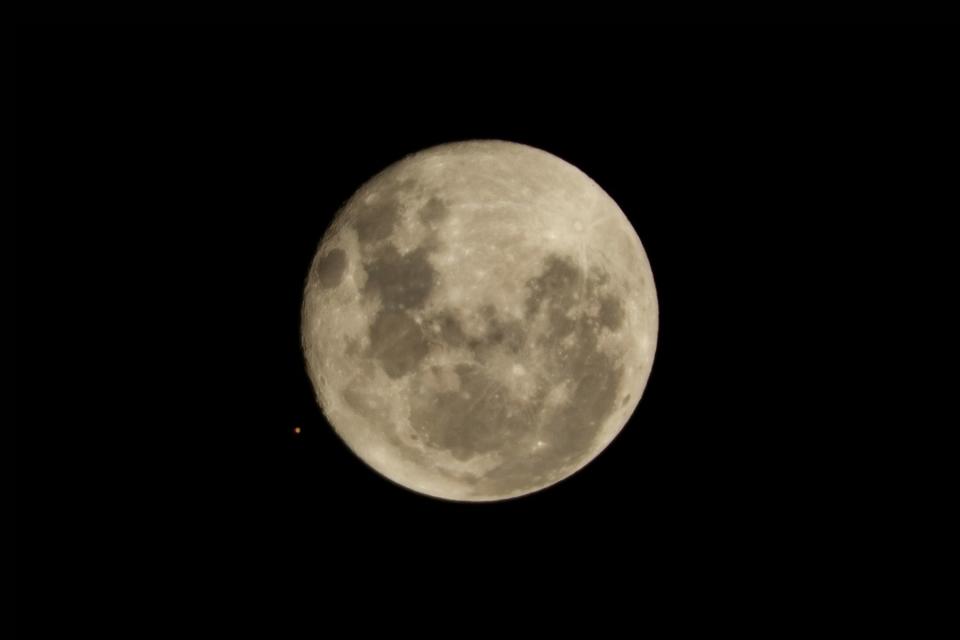A Meteor Shower Is Kicking Off the New Year — What Else to See in the Sky in January
Kick off the year with a meteor shower and a planet-spotting frenzy.

The holidays may be over, but in the night sky, the planet party’s just getting started.
This month will kick off the new year with a host of stargazing experiences, from planet conjunctions to meteor showers — not to mention the ever-present chance to see winter’s dazzling Northern Lights.
Catching the early January meteor shower may require a low-light-pollution getaway (here are some of our favorite dark-sky parks), but you shouldn’t have to travel far to see the month’s many planet conjunctions. Just grab your binoculars and look for a viewing spot with minimal obstructions to the west and southwest horizon, such as a lake or a hilltop.
Ready for some night-sky sightseeing? Don’t miss these five epic space events this month.
Jan. 3 – 4: Quadrantid Meteor Shower Peak
The Quadrantids won’t appear as bright this year due to the waxing gibbous moon, but if you’re near a dark-sky destination with a clear view of the sky — and good weather — it’s worth a shot. Experts predict the meteor shower will peak around 10:40 p.m. ET on Jan. 3. Pre-dawn may provide the best viewing, as the moon moves closer to the west horizon, according to High Point Scientific.
Jan. 22: Conjunction of Venus and Saturn
On Jan. 22, Venus and Saturn will appear less than half of a degree apart in the night sky — that’s less than the full diameter of the moon, according to Earth Sky. Look toward the west-southwest sky above the horizon to spot the pair. While you can see the planets with your naked eye, stargazing binoculars will enhance the view.
Jan. 23: The moon meets Venus
Venus will continue its month in the limelight, as the moon passes just to the south of it on the evening of Jan. 23. According to In-the-Sky, you can view the duo with your naked eye or a pair of stargazing binoculars. (They’re too far apart to view in tandem via telescope.)
Jan. 25: Conjunction of the moon and Jupiter
Yet another January conjunction: the meeting of the moon and Jupiter on Jan. 25. After sunset, you’ll see a waxing crescent moon travel just beneath bright Jupiter. Catch this interstellar meeting above the southwest horizon, according to In-the-Sky.
Jan. 30: Lunar occultation of Mars
The month will end with another exciting astro event: the moon passing in front of Mars, known as a lunar occultation. Catching a lunar occultation is tricky; it requires being in the exact right place, at the right time. On Jan. 30, 2023, that place will be the southern U.S. states or Mexico. View the lunar-occultation visibility map from In-the-Sky to determine where and when to see it.
For more Travel & Leisure news, make sure to sign up for our newsletter!
Read the original article on Travel & Leisure.

